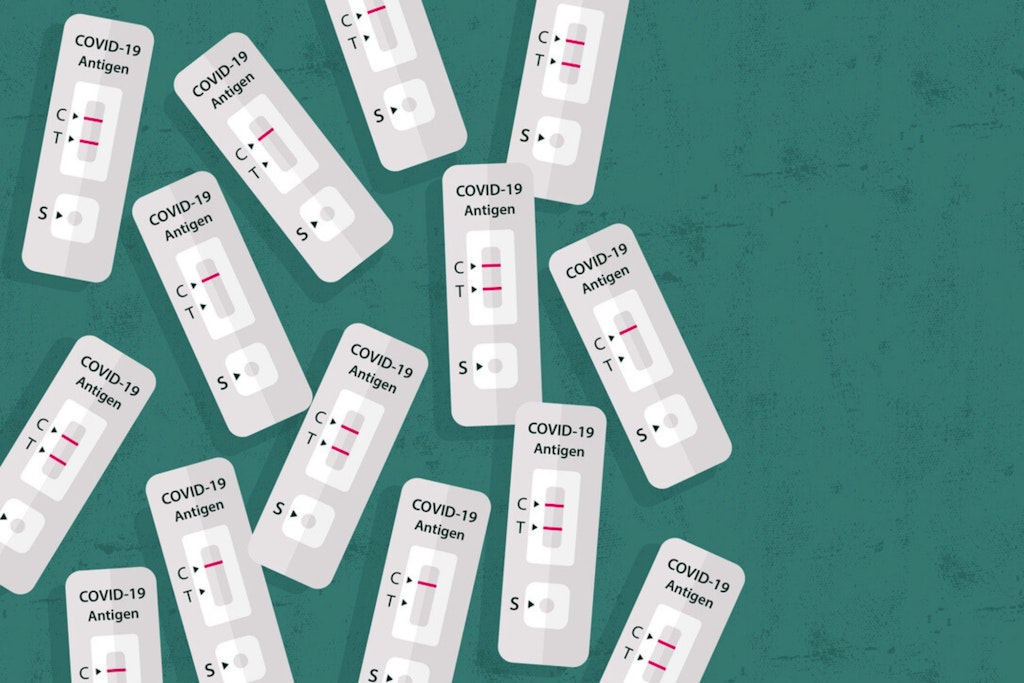Outbreaks, resilience and responsibility: What the latest COVID-19 data tells us about aged care in 2025
Published on 29 June 2025

The latest COVID outbreak report from the Department of Health, Disability and Ageing shows that as of 8:00 a.m. on 26 June 2025, 307 residential aged care homes across Australia were managing active COVID-19 outbreaks, affecting 2,446 people — including 1,752 residents and 694 staff. In just one week (from June 19 to 26, 2025), there were 137 new outbreaks, 27 new resident deaths, and 2,549 combined new COVID-19 cases among residents and staff.
It’s a stark reminder that, even five years later, the aged care sector continues to bear a disproportionate burden in Australia’s pandemic story.
The long tail of COVID is still with us
Since 31 March 2020, the cumulative number of outbreaks in residential aged care has now reached 26,260, with more than 250,000 resident cases and over 7,400 resident deaths. While weekly mortality has significantly declined since the early waves of the pandemic — and case fatality rates have dropped from 33% in 2020 to 1.4% in 2025 — the virus continues to shape daily operations, staffing patterns, and care outcomes.
Booster fatigue? The immunisation imperative
Despite the continued risk, vaccination rates show room for improvement. As of 25 June 2025, only 55.8% of aged care residents aged 75 and over had received a booster within the past six months. That’s just 98,965 people nationally, well below the level recommended by ATAGI in their guidelines of 27 March 2025, which call for a booster every six months for this age group.
There’s also a concerning downward trend in recent uptake: only 17,886 residents received a booster in the 28 days prior to June 25, a drop from 21,621 in the previous month.
With older age still the greatest risk factor for severe disease, these figures raise important questions for providers and policymakers alike. Are residents and families receiving enough clear, proactive communication? Are local GPs and pharmacy partners being adequately supported to deliver vaccinations in time?
The workforce equation
As of June 25, 2025, surge workforce providers reported delivering 201,886 shifts since the start of the COVID-19 workforce support programs. In the week leading up to that date, they filled 151 urgent shifts across five impacted services, covering roles ranging from nurses to allied health professionals, kitchen staff to site managers.
While the national narrative has largely moved on from COVID-related disruption, for aged care leaders, the operational reality is unchanged: infection surges still lead to workforce shortages, reliance on agency providers, and heightened stress across teams.
Infection control: not just a compliance exercise
To date, the Aged Care Quality and Safety Commission has completed 6,105 infection control monitoring (ICM) spot checks, including site audits and non-site assessments, since March 2020. These checks remain a frontline defence in ensuring PPE use, staff hygiene, and visitor protocols are not only compliant but embedded in culture.
Between 1 July 2024 and 26 June 2025, the Commission conducted over 1,500 site visits and nearly 800 remote assessments. These figures convey a crucial message: while the frequency of outbreaks may fluctuate, the need for rigorous infection control remains constant.
Where leadership must step in
The data in this report doesn’t just tell us what’s happening — it tells us where leadership must act.
- Boost vaccination rates by increasing engagement with residents, families, and primary care providers.
- Strengthen surge preparedness through stable rosters and more resilient staffing models.
- Shift infection control from a reactive to a routine approach, integrating best practices into daily rhythms rather than relying on outbreak responses.
- Enhance communication with staff and families, ensuring transparency and psychological safety across teams that navigate repeated disruptions.
A pandemic legacy still in motion
From January 1 to June 20, 2025, COVID-19 accounted for 0.8% of all deaths among permanent aged care residents. Since the Omicron wave began in December 2021, COVID-19 deaths have made up 3% of all recorded deaths in the sector. These figures speak not only to the resilience of aged care teams but also to the sustained impact the virus continues to have.
As we move into the second half of 2025, aged care leaders have a dual responsibility: managing the virus in the here and now, while also leading reform to ensure the sector is stronger, safer, and more prepared for what’s next.